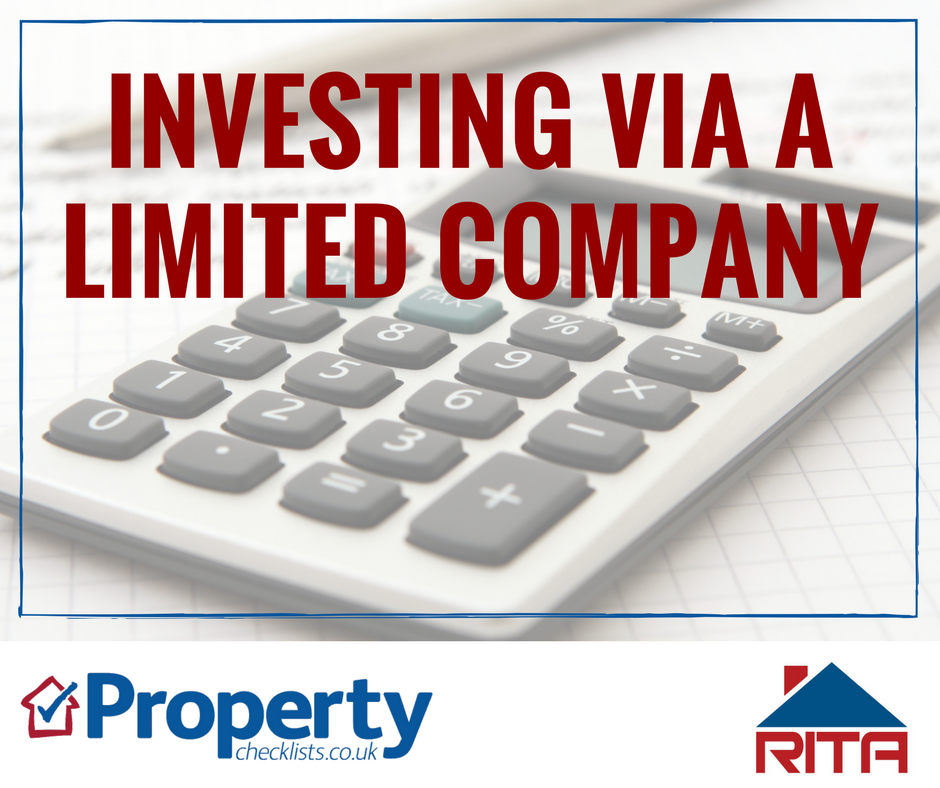
Jump to:
Summary of property price and market indices
City/town property price tracking
Demand, supply and transactions
This report is to help give everyone – industry and consumers – a quick five-minute guide to what’s happening in the property market, according to the property indices, along with property expert Kate Faulkner’s comments.
A mixed picture this month with news ranging from “recent recovery in buyer demand stalls” from the RICS through to “prices surge as properties fly off the shelves” from Home.co.uk.
Our summary table of the indices shows that those tracking sales from listings online through to needing a mortgage are now seeing small rises year on year (bar Zoopla) – while those slightly later in the buying process are still recording property price falls year on year.
Since January, the indices pretty much agree that prices are fairly flat.
Rightmove
Spring activity boost pushes asking prices close to new record
“The average asking price of property coming to the market rises by 1.1% this month to £372,324, just £570 short of the record in May 2023, while the annual rate of price growth is now +1.7%, the highest level for 12 months.”
Home.co.uk
Prices surge as properties ‘fly off the shelves’
“Asking price growth accelerates. Prices are up 0.9% since last month across England and Wales and 0.8% since April 2023.”
RICS
Recent recovery in buyer demand stalls somewhat with a flatter picture cited this month
“National house prices remain stable, with twelve-month projections still in expansionary territory.”
Nationwide
April sees slowing in annual house price growth
“UK house prices fell 0.4% month on month in April.”
Halifax
UK house prices hold steady in April
“Annual growth rose to +1.1%, from +0.4% in March, though this can be attributed to the base effect of weaker price growth around this time last year.”
Zoopla
The housing market continues to adjust to higher mortgage rates
“Annual house price inflation is -0.2%, unchanged from February.”
Here are the top four insights from this month’s indices:
Download the full version of Kate Faulkner's property price and market report here
Scotland leaps into the lead this month for year on year property price growth, according to Land Registry data. Prices are up by 5.6%, which is even higher than the long term average price growth of 3.7% and possibly for the first time in a while, slightly higher than inflation, which is currently running at 3.8% in March, according to the Office of National Statistics.
Meanwhile, England and Wales remain slightly down year on year under Land Registry’s measure, while Nationwide, which measures a more recent market, is showing some signs of prices starting to recover from 2023 falls.
Northern Ireland property prices are holding their own to rising year on year.
For Scotland, Wales, and Northern Ireland we monitor:
However, despite the averages, when you delve down more deeply into what’s happening in each country, as with England and Wales, property price performance differs within each market.
Summary from the indices of the Scottish housing market
Latest data from Halifax and e.surv suggests that prices are rising, albeit small ‘on average’:
Halifax
“Scottish house prices rose +1.5% year-on-year to stand at £204,579.”
e.surv
Annual price growth positive at +0.4%
“The average house price in Scotland in February 2024 has increased by £920, or 0.4%, over the last twelve months, which is 0.4% higher than the revised rate of 0.0% seen in January 2024, one month earlier. This followed the December 2023 annual figure of -0.4% which was the first time the annual growth rate had been negative since May 2016, some seven and a half years earlier.
“In February 2024, 18 of the 32 local authorities in Scotland were reporting a positive movement in prices over the previous twelve months, two more than in January 2024.
“Inverclyde had the highest annual rate of price growth in February of all local authority areas in Scotland, at 11.4%. In Inverclyde, all property types except semi-detached homes have seen an increase in values over the last twelve months, with detached homes having the largest influence on prices, assisted by the sale of the highest priced property of the last eighteen months – a 5-bedroom detached home in Kilmacolm, which sold for £1.45 million.
“The second-highest growth rate was in Na-h Eileanan Siar, at 7.2%, with all property types – except semi-detached homes - seeing a rise in average values. The increase on the Islands was assisted by the sale of a three-bedroom detached cottage overlooking the white sands beach at Luskentyre, on the Isle of Harris, for £417k..”
Summary from the indices of the Welsh housing market
Halifax have a slightly rosier picture of property prices in Wales than Principality:
Halifax
“In Wales annual property price growth slowed to +1.1% in April, from +1.9% in March, with the average home now costing £218,775.”
Principality Building Society
Average house price in Wales falls for fifth consecutive quarter
“There have now been five consecutive quarters of price falls since average prices peaked in Wales at just over £249,000 in late 2022. Prices eased back by a further £5,000 in the first quarter of 2024 to a little over £229,000. This is 8%- or nearly £20,000- below their recent peak, but still 23% higher than five years ago.
“Nevertheless, strong underlying inflationary pressures until recently have helped to disguise that this has been the weakest period for the Welsh housing market since the aftermath of the Global Financial Crisis in 2009. After adjusting for inflationary pressures, property prices are 14% below their 2022 peak, and are now running in line with their level five years ago.
“The 2.1% decline in prices recorded in this first quarter was similar to Q4, but with the jobs market appearing fairly resilient and expectations of Bank of England interest rate cuts during 2024, Q1 may well represent the low point for house prices. Certainly, we are already seeing significant cuts in mortgage rates and increases in some measures of housing market activity.”
Summary from the indices of the Northern Ireland housing market
Halifax
“Northern Ireland remains the strongest performing nation or region in the UK, with house prices up by +3.4% on an annual basis in April, though this slowed from +4.1% in March. Properties in Northern Ireland now cost an average of £192,502.”
On a regional basis, the summary table below shows that depending on when the index is tracking prices has a big impact on the number up or down. For example, Rightmove which measures the prices properties are marketed at, eight regions are up and only one – the East of England is down.
In contrast, Land Registry which measures the market at the end of a transaction – which can be some three months or more ‘old’, only three regions are up, including the North East, West and Yorkshire and Humber, while six are down.
Looking at the actual falls/rises though, these are pretty slim currently with the highest rise recorded by Nationwide and Home.co.uk in the ‘North’ of around 4%, while the biggest falls were 4.8% recorded by the Land Registry in London.
So in reality, on a regional basis, although the market does appear to be turning a corner, it’s definitely only poking its head around!
Commentary on the regional performance by indices is below:
Home.co.uk
“The North West tops the regional property market growth league with a year-on-year gain of 4.1% while the East of England remains the worst performing region over the same period at -1.2%.
Zoopla
“House prices continue to fall, at a slowing rate, across five English regions covering southern England and the East Midlands. Prices are down the most (-1.7%) across East of England. Improving market activity in recent months has resulted in house price inflation turning positive across the three regions of northern England, West Midlands, Wales, Scotland and Northern Ireland.”
Halifax
“The North West continues to see the strongest growth in England, up by +3.3% on an annual basis to £231,599.
“Annual price falls are predominately found in the south of England, as the ‘North-South’ divide across English regions is sustained. Properties in Eastern England recorded the biggest decline of -1.1%, with homes selling for an average of £329,723, a drop of £3,541 over the last year.
“London remains the most expensive region in the UK to buy a home, with an average price of £539,336. However prices in the capital have been relatively flat over the last year, up by just +0.1%.”
Download the full version of Kate Faulkner's property price and market report here
At city level, we have two main sources of data: Hometrack which is around six weeks into the home buying and selling process and the Land Registry data which is anything from a few months to six months or more out of date.
This means when prices are rising/falling, although still accurate from a historic perspective, the Land Registry data can report a fall when the actual market, now, is actually seeing a rise.
Of the highs and lows from the two indices, you can see below that they differ quite substantially this month, although the rises aren’t that diverse, while the Land Registry is still recording quite high falls of 8% in Reading and 7.5% in Southampton.
Topping the price growth charts according to Land Registry and Hometrack:-
Lowest performers are:
Out of the 30 cities we track via the Land Registry, since 2005, property prices have only risen above the average annual 3.8% inflation rate in five cities/towns. These include:
With the exception of Milton Keynes, where prices have risen at the same rate as inflation, the remaining towns and cities we track actually show that property prices, in many areas, have risen at less than inflation. In property, when you measure the market from and to, it can result in some very misleading information.
The following towns and cities price growth ‘on average’ are performing well below inflation:
Download the full list of cities/towns here
Before property prices tend to move up or down, we first start seeing rises and falls in the number of buyers and sellers which then leads into changes in transactions sold ‘subject to contract’ and completions.
This month, the indices are showing:
However, there are some markets which are doing better than others. Those at the ‘top of the ladder’ are driving the growth with more stock coming onto the market – an 18% rise for four/five bed homes, while sales agreed are up by 20% (Rightmove) - perhaps meaning the wealthier in the market are taking advantage of good value properties for sale at the moment.
And the good news is, that forecasts of sales this year by Zoopla are 1.1million – and, over the last few years they have been pretty accurate.
For those with buyers in the mortgage market, according to Zoopla, things are also on the rise:
“The recovery in sales is starting to be reflected in other data such as mortgage approvals for home purchase which were 32% higher in February 2024, returning towards pre-pandemic levels. The 4 to 6+ month time lag between agreeing a sale ‘subject to contract’ and moving in means sales completion data is yet to register an upturn but this will emerge in the coming months.”
What are the current hottest and coldest postcodes?
As we know, data at a national, regional and even city level doesn’t always show the true picture as to whether a market is performing well or not and this is shown by the data below from The Advisory.
As you can see the postcodes for hot and cold markets are from around the country. For example, in S5 (Sheffield) and M21 (Manchester), 73% of the properties on the market are under offer, in contrast, W1 (London) and L2 (Liverpool) being the worst performers according to this index, with only 10% of properties on the market under offer.
Sheffield, Manchester, Bristol and Stockport are reported as having some of the busiest markets, while London, Liverpool and Yarmouth have some of the slower ones.
To find out what the Propcast market is reporting about your local postcode visit: House Selling Weather Forecast here.
Source: TheAdvisory
Cost of living pressures and higher rates hold back would-be first-time buyers
Nationwide have run some really interesting data this month with Censuswide which is holding back potential first-time buyers, suggesting that “Nearly half (49%) of prospective first-time buyers (those looking to buy in the next five years) have delayed their plans over the past year.”
The key reasons for these delays are featured in the chart below with most suggesting they feel prices are too high, along with mortgage costs:
The reason for much of this is being blamed on the cost of living crisis affecting their ability to save for a deposit.
Perhaps some good news for those living in areas where prices are a little bit cheaper, perhaps versus a city, “55% of respondents said they would be willing to buy in another part of the country where house prices are cheaper,….with half said they would move more than 30 miles from their current location”.
|
Investing via a limited company - |
Ways to speed up buying & |
Selling a rental property - |
 |
 |
 |